Diet nutrition therapy for bloating
The common cause of abdominal flatulence (bloating) is gastrointestinal gas, which mainly includes flatulence, bowel movements, belching, excessive exhaust, and even abdominal pain, chest pain, indigestion, nausea, anorexia, etc.
The main components of intestinal gas are nitrogen, oxygen, carbon dioxide, hydrogen and methane, among which nitrogen is the most, oxygen is the lowest, and carbon dioxide, hydrogen and methane vary greatly. The five main gases are odorless, and the odor in the feces comes from trace gases. Early thought it was indole, skatole, volatile amines and short-chain fatty acids. It is currently believed that sulfur-containing substances in the diet, such as cruciferous vegetables, beer (containing sulfates), and meat proteins (sulfur-containing amino acids), etc., contain sulfur compounds that constitute the odor of human feces.
There are three main sources of intestinal gas: ① air swallowed. ② Gas production in the intestinal cavity, fermentation produces carbon dioxide, hydrogen and methane, as well as traces of other gases, such as indole, volatile sulfides, etc. ③ The gas in the blood diffuses into the intestinal cavity.
There are three ways for intestinal gas: ① belching. ② Anal exhaust. ③ The gas in the intestinal cavity diffuses into the blood. 14% to 21% of the hydrogen produced in the colon is absorbed by the intestinal wall and is expelled from the exhaled breath, which can be detected by the "hydrogen breath test" by gas chromatography. Most of the oxygen is absorbed into the blood. A small amount of methane is also absorbed and discharged through the lungs, and can also be detected by gas chromatography. A considerable part of carbon dioxide is also absorbed. Nitrogen is little or not absorbed in the intestine.
Dietary nutrition measures:
1. Chew slowly and prevent swallowing too much.
2. Avoid or eat less foods that increase gas production, such as beans (such as soybeans, lentils, peas, Dutch beans, etc.), certain vegetables (cabbage, cauliflower, cucumber, cabbage, pepper, green persimmon) Peppers, pickles, radishes, green onions, onions, garlic, leeks, etc.) and certain fruits (such as apples, watermelons, melons, etc.). Different patients may have differences in physique sensitivity to these foods, which should be based on personal feelings (whether or not to increase abdominal distension), without blindly all taboos.
3. For those with lactase deficiency (lactose intolerance), avoid dairy products containing lactose.
4. Sustained and difficult to relieve abdominal distension, you should consult a doctor in time.
Related Articles
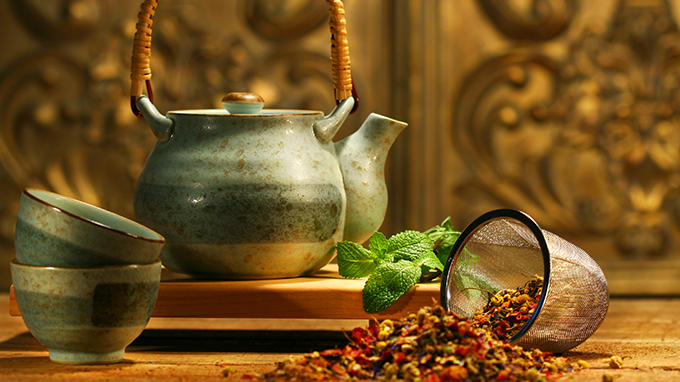
- Can I drink tea for pregnancy
- Pregnancy is the most important event in a woman’s life. How to get pregnant smoothly and how to conceive a healthy baby is a problem that every couple and every family are very concerned a
- 2020-08-03
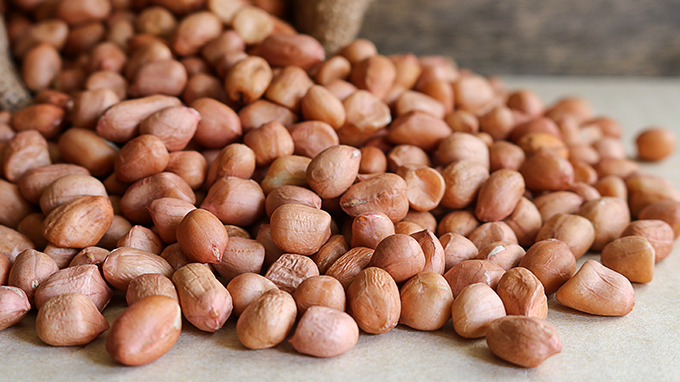
- What are the nutritional characteristics of nuts
- Nuts are one of the small foods that people like very much nowadays. They are rich in nutrients, high in protein, oil, minerals, and vitamins. They have excellent effects on human growth an
- 2020-08-03
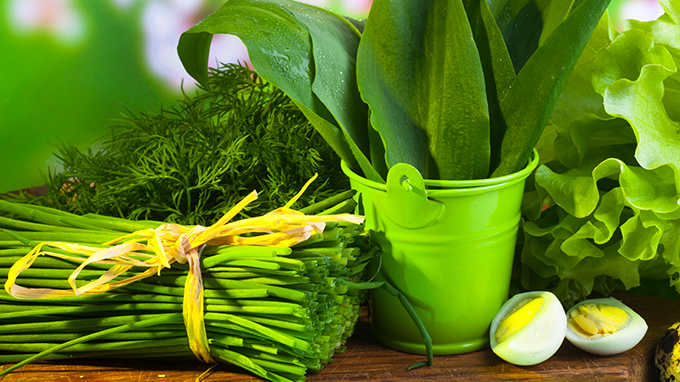
- Celery leaves
- It is a habit of many people to eat celery and not to eat leaves. I think the leaves are just scraps. In fact, it is just wrong here. Almost all vegetables with leaves have a common featur
- 2020-08-03

- Is a cookie a nutritious food
- Biscuit is the most common snack food, but if it is said that biscuit is not nutritious, it seems to have aggrieved it. Every food has nutrients, even instant noodles or biscuits.
- 2020-08-03
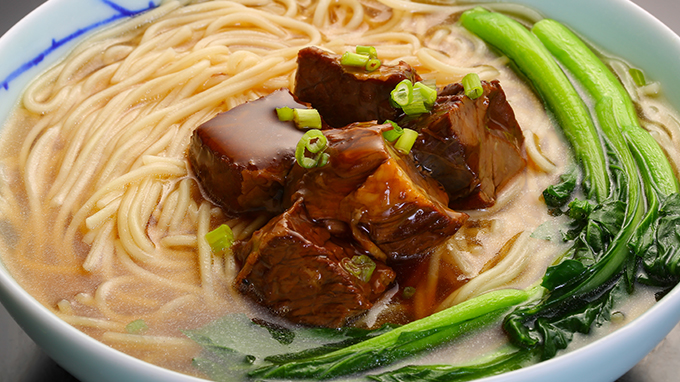
- How to make a quick nutritious breakfast
- People often say that eating like an emperor for breakfast, like an aristocrat for lunch, and like a beggar for dinner will be healthier. How can I prepare a nutritious breakfast in 15 min
- 2020-08-03
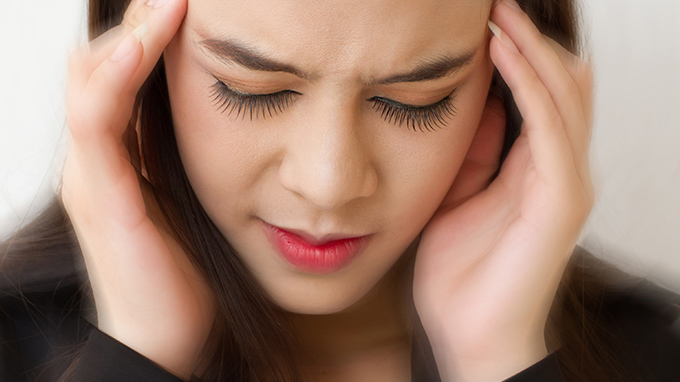
- Can gout drink alcohol?
- Patients with gout should drink more water than wine. Gout diet is stricter, and even exceeds the dietary contraindications of diabetes, hypertension and high blood fat. Strict dietary tabo
- 2020-08-03
